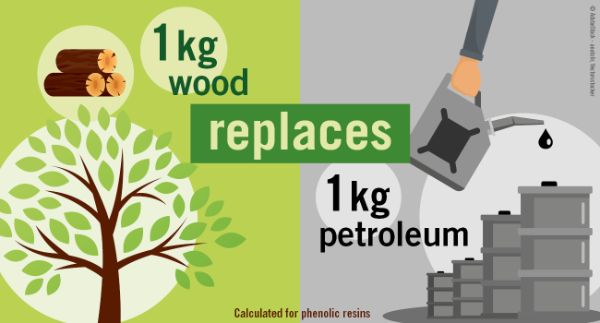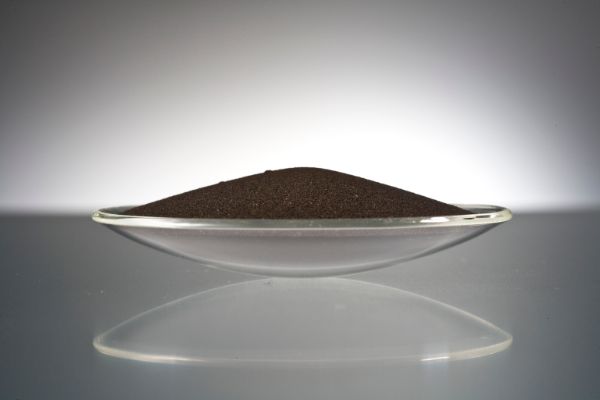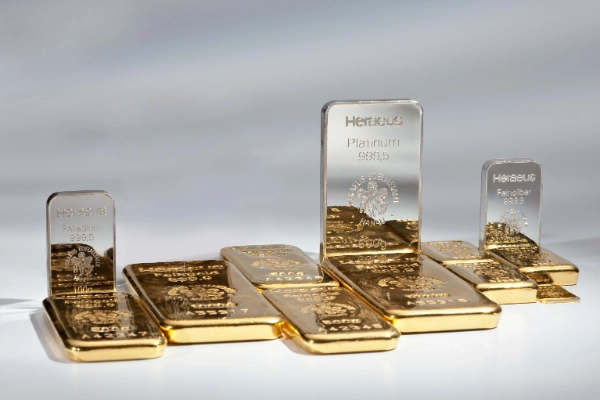Green chemicals from lignin as a petroleum alternative
Around nine percent of the mineral oil produced worldwide goes to the chemical industry. To reduce their CO2 footprint, chemical companies want to move away from fossil feedstocks. The "black gold" usually serves as a raw material for aromatic compounds, which are the building blocks for plastics, medicines, and paints. The use of lignin from biomass is increasingly coming into focus. Lignin is one of the most abundant polymers in nature. It is an organic raw material that contains a large number of aromatic components.
Biomass from trees, shrubs, or hay consists of cellulose, lignin, and hemicellulose. In paper production, the waste product lignin is currently burned, serving as a source of energy – even though it is a valuable raw material for the chemical industry. The unique structure and chemical properties of lignin enable the production of many chemicals used in our everyday lives. Lignin can be considered one of the most important aromatic resources for the bio-based chemical industry.
One challenge has been to split the macromolecules of lignin into corresponding small building blocks – the so-called monomer, and oligomer units, on an industrial scale. In cooperation with the Johannes Kepler University Linz, Heraeus Precious Metals has developed an industrial precious metal catalyst that precisely enables this splitting.

Our contribution: precious metal catalysts for the use of lignin
The new catalysts for industrial use already have a patent pending. "We have found that heterogeneous catalysts based on hydrotalcite as a support material with precious metal loadings of five percent platinum and one percent nickel work best to convert lignin," explains Dr. Gisa Meissner, project manager in the research department for chemical precious-metal-based heterogeneous catalysts at Heraeus Precious Metals. Hydrotalcite has both acidic and alkaline centers having a positive effect on the reaction. The precious metal catalyst also splits the chemical structure of lignin into phenolic components without producing coke.
The catalyst is not consumed in the process and can be reused several times. Heterogeneous precious metal catalysts from Heraeus are also subject to an ecologically and economically optimal recycling system, as the recycled material finds its repeated use in new heterogeneous catalysts.
Heraeus experts are already working on replacing the powder catalyst used so far with pellets to ensure a continuous processing procedure in large-scale applications. "With our catalyst know-how, we are ready for the growing markets in biomass conversion," emphasizes Dr. Meissner. The new catalysts offer the best conditions for converting the natural material lignin into polymers such as PET, Kevlar, or synthetic resins such as phenolic resins, to become possible in large-scale processes.



